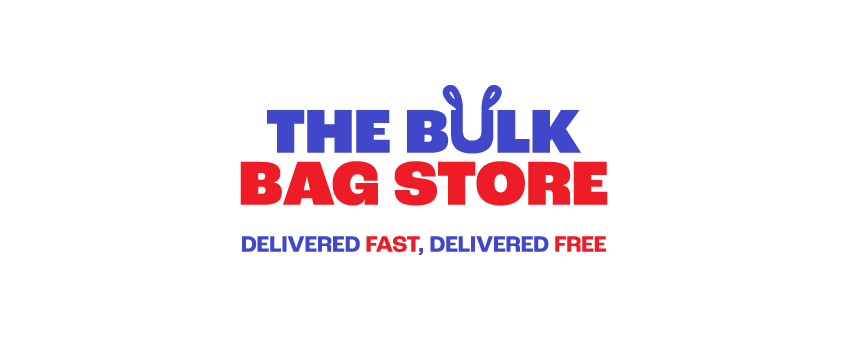A recent report by the leading authority in the market has indicated that growth in the global industrial packaging sector is set to increase at a stable rate of just over three per cent per annum over the coming five years to 2022. This is despite the significant changes taking place in the supply chain.
It is projected that annual sector sales will exceed $61 billion by 2022. Growth is unlikely to come from the more developed economies of Japan, North America and Western Europe: it will come from the emerging economies of Central and Eastern Europe, Africa and Asia.
This growth will not come without its challenges, though. Developments in technology such as 3D printing and changes to pricing with a move to the use of dimensional weight calculations, where shipment costs are calculated based on the dimensions of a package rather than its weight, will all have to be managed correctly.
Industry 4.0 may also have a further impact on the sector. Industry 4.0 is the continued move towards an increase in data exchange in and automation of manufacturing technology processes. It incorporates the likes of cyber-physical systems, where IT systems and networks monitor the physical or manual elements of a process and report back in a loop if one part of the process is lacking or affecting another part. The Internet of Things (IoT), including all devices, networks and appliances that connect to each other and share data, will also impact the sector as it takes its part in the supply chain, and so suppliers need to ensure that they keep up to date with technological and process developments to maximise the growth opportunity.
Of course, growth in the market is also heavily reliant on certain key sectors doing well – those that use large volumes of these products. These include construction, chemicals and volume food and beverages.
Ensuring that you have the correct types of packaging available to meet clients’ needs will continue to be key to aid growth. Keeping up to date with the legislation that affects such things as the movement of hazardous goods is important. Hazardous materials fall into a number of different classifications. For example, corrosive items, explosives, infectious substances and gasses each require their own specific types of packaging, some which must be UN Certified.
If you’re supplying global clients, then you also need to understand the differences in requirements between countries.
Sectors such as volume food and beverage – one of the largest users of industrial packaging – may need to ensure that suppliers are providing packaging that is manufactured in clean-room environments and also look for certain certification from suppliers. Certification may include International Organization for Standardization (ISO) or Hazard Analysis and Critical Control Point (HACCP), and it’s important that suppliers keep up to date with or indeed gain their own appropriate certification.
So while growth in the sector over the coming five years is forecast, suppliers who wish to maximise the opportunity need to ensure they stay ahead of the game, watching closely for key trends and changes to legislation – particularly in the sectors which use large volumes of industrial packaging – and then react accordingly.
